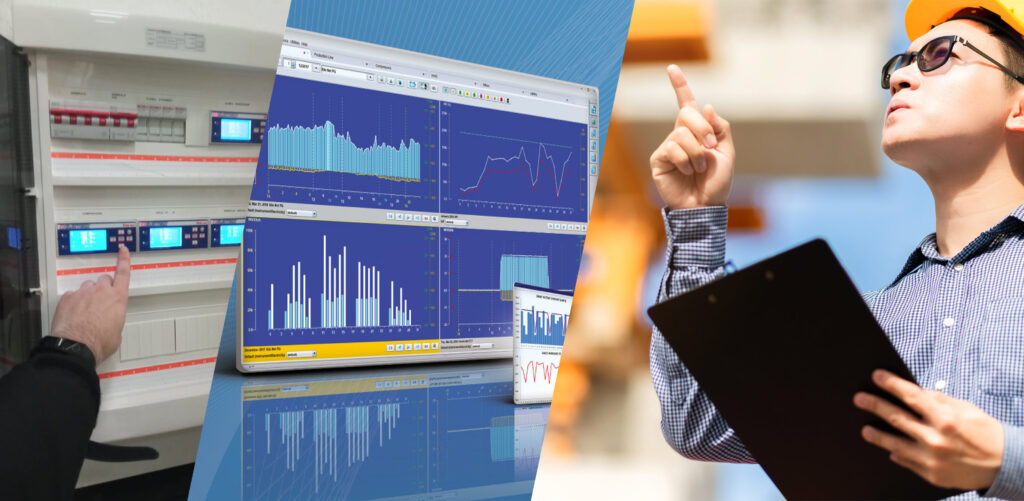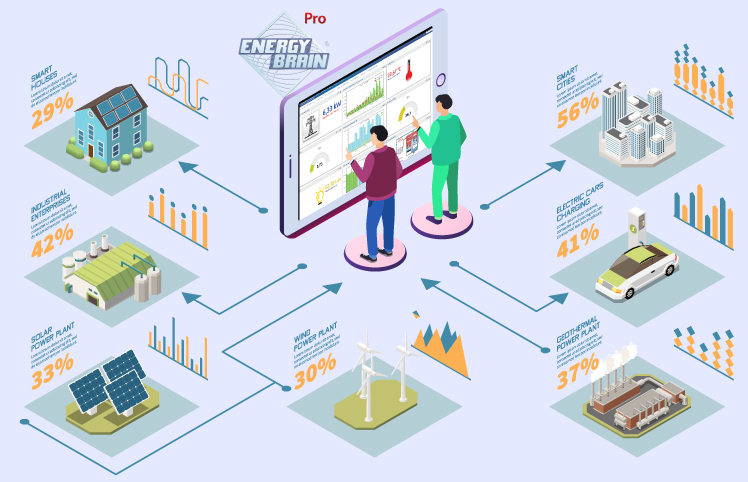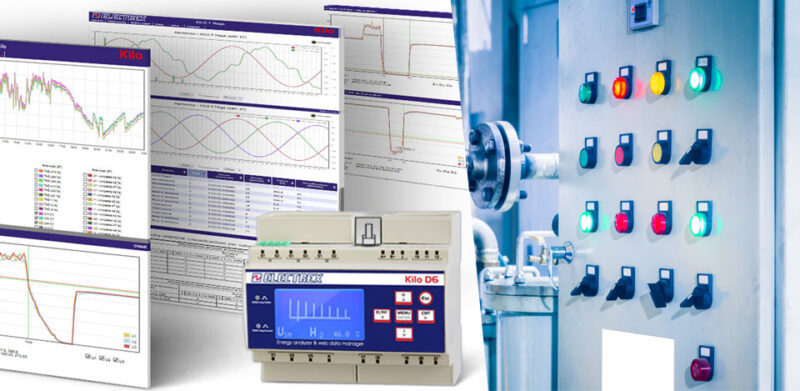Energy audits and energy management are important elements of any energy efficiency strategy. They allow companies to identify their energy-saving potential and hence to reduce their energy consumption significantly. In the EU, for example, Energy Audits are mandatory for large companies, but even small to medium-sized enterprises (SME) can benefit.
While the Energy Management System ensures the long-term implementation of energy efficiency targets and best practices.
Two complementary energy efficiency measures
In energy audits, an internal or external auditor investigates the energy consumption and costs, identifies savings potential and assesses it from a commercial perspective.
Energy management that helps to develop measures, to put them into practice and to monitor them constantly is needed instead in order to integrate the improved efficiency within the company on a permanent basis.
What are energy audits and management systems?
The difference between the energy audit and the EMS lies in the difference between a systematic, one-time procedure and a long-term strategy.
Energy audit: is an assessment of the energy needs and efficiency of a building used to find the inefficiencies.
It is done through an inspection survey and an analysis of the energy use, to identify improvements that need to be made to increase energy efficiency.
This is often the first step in identifying opportunities for energy efficiency.
Energy Management System (EMS): is a set of practical procedures and processes (monitoring, control) for buildings or organizations to achieve best practices relating to energy efficiency, use and consumption, through the setting and delivery of energy targets.
The energy management process starts with an energy audit to find opportunities to improve efficiency, then putting it into action with a number of strategies and then tracking the progress of the made changes.
The EMS is usually aligned with a standard (like ISO 50001) providing a means of validating, a best practice approach and recognising an organization’s commitment to energy performance management and improvement.
Companies need to calculate their total energy consumption, with the audit examining energy use across buildings, transport and industrial activities.
The main technical standards currently used are EN 16247 for the energy audit and EN ISO 50001 for the EMS.
The availability of reliable energy consumption data is of utmost importance to monitor the impact of energy saving measures and behaviors.
Typically, an energy audit closes with the identification of the economic and financial potential of technological solutions to reduce energy consumption and costs.
Today, the Energy audits and EMS are the cornerstones that allow energy efficiency to integrate with the company’s strategic objectives.
They are not just functional tools for the energy manager. They are critical assets being used by the entire organization for managing the challenges of the energy transition.




